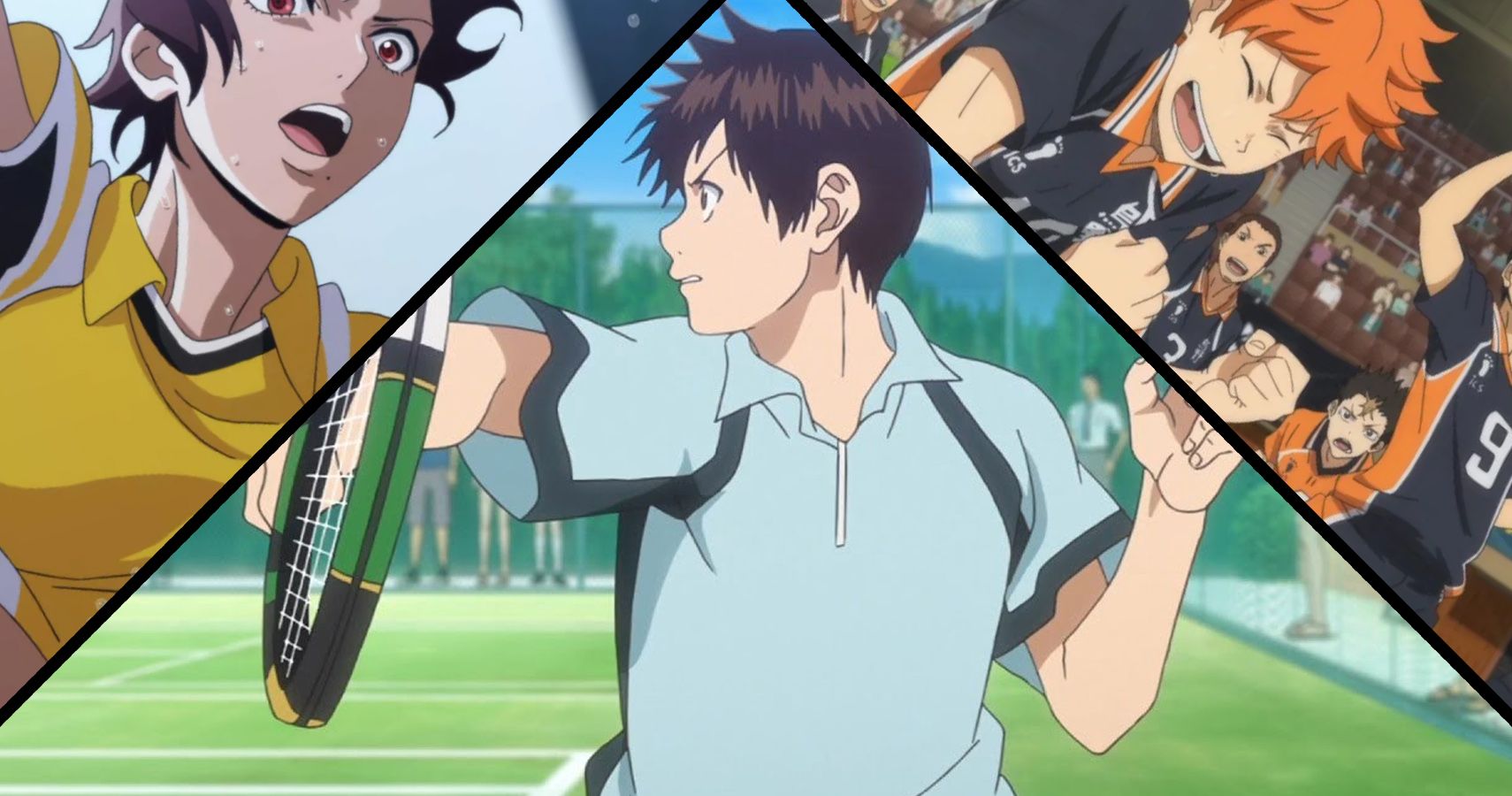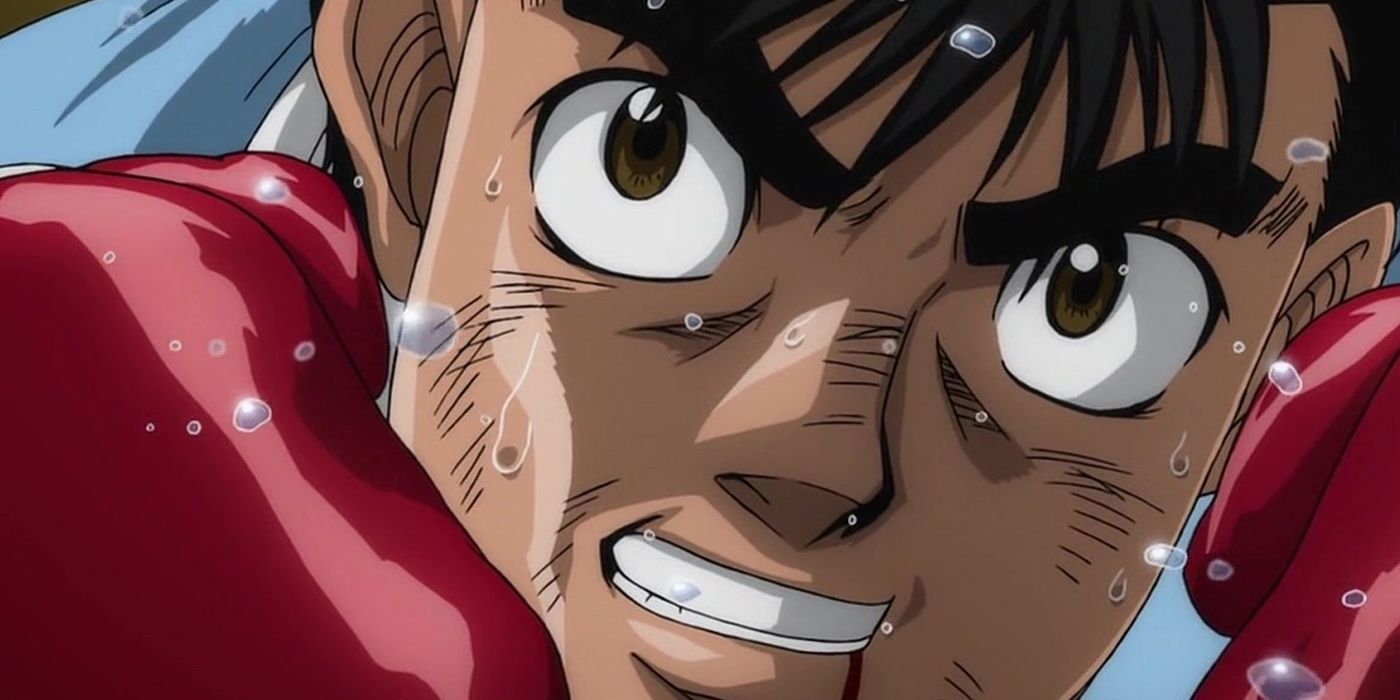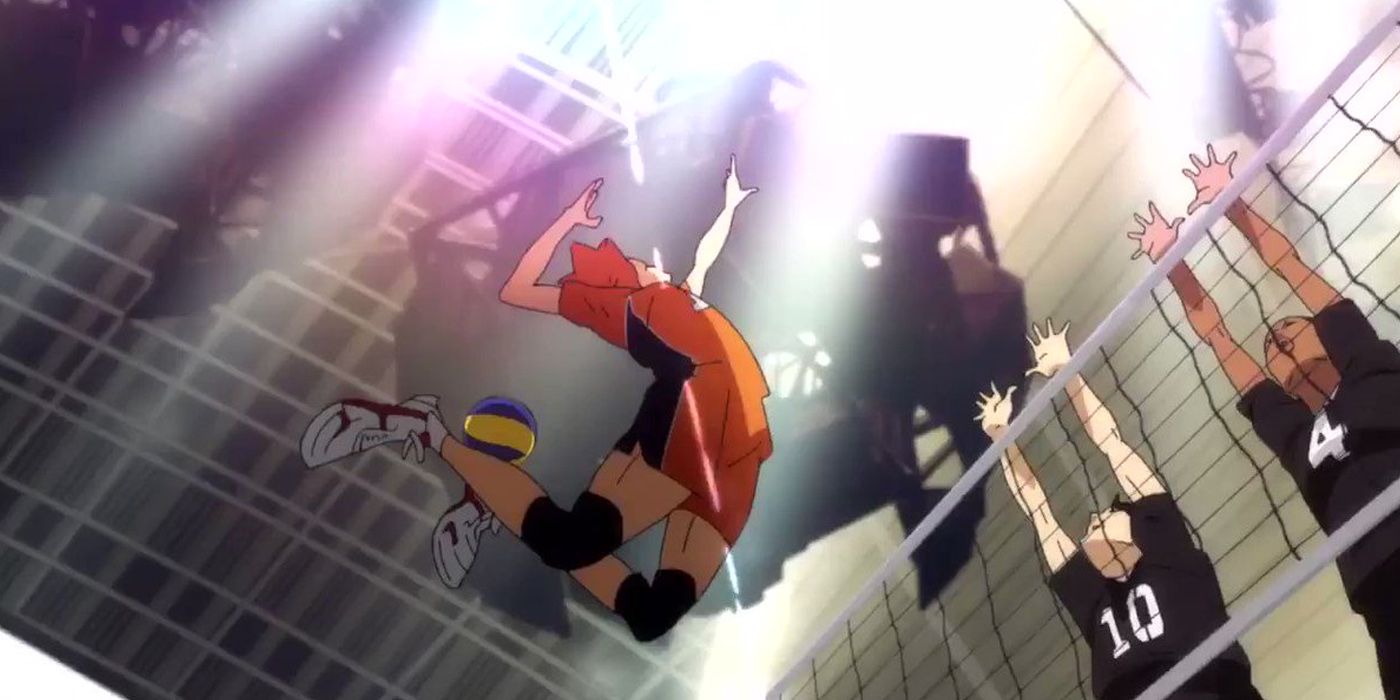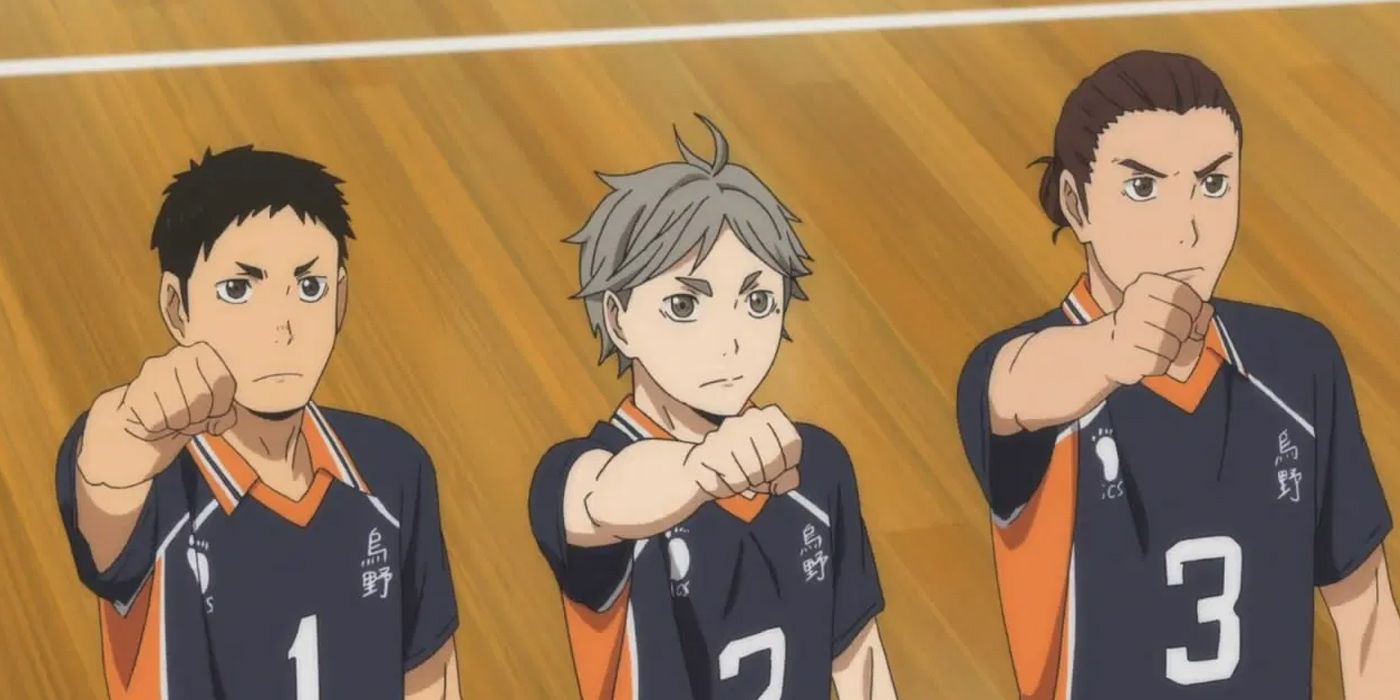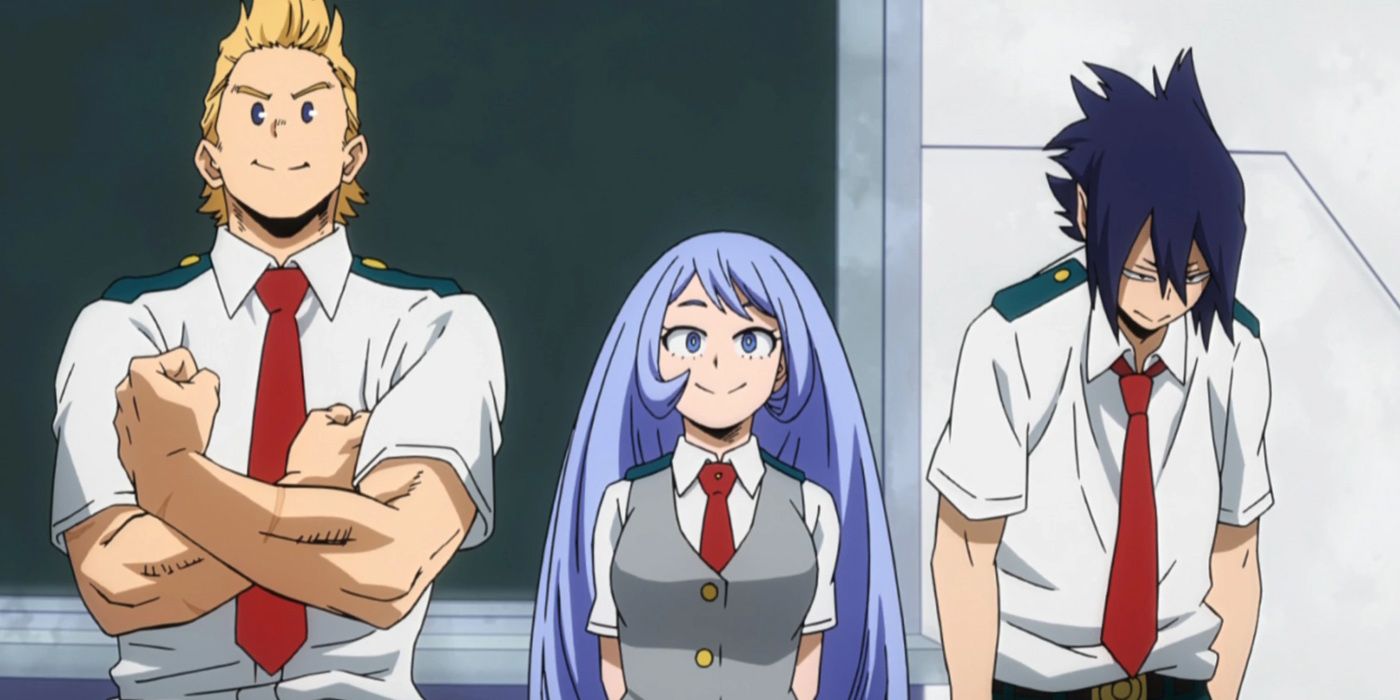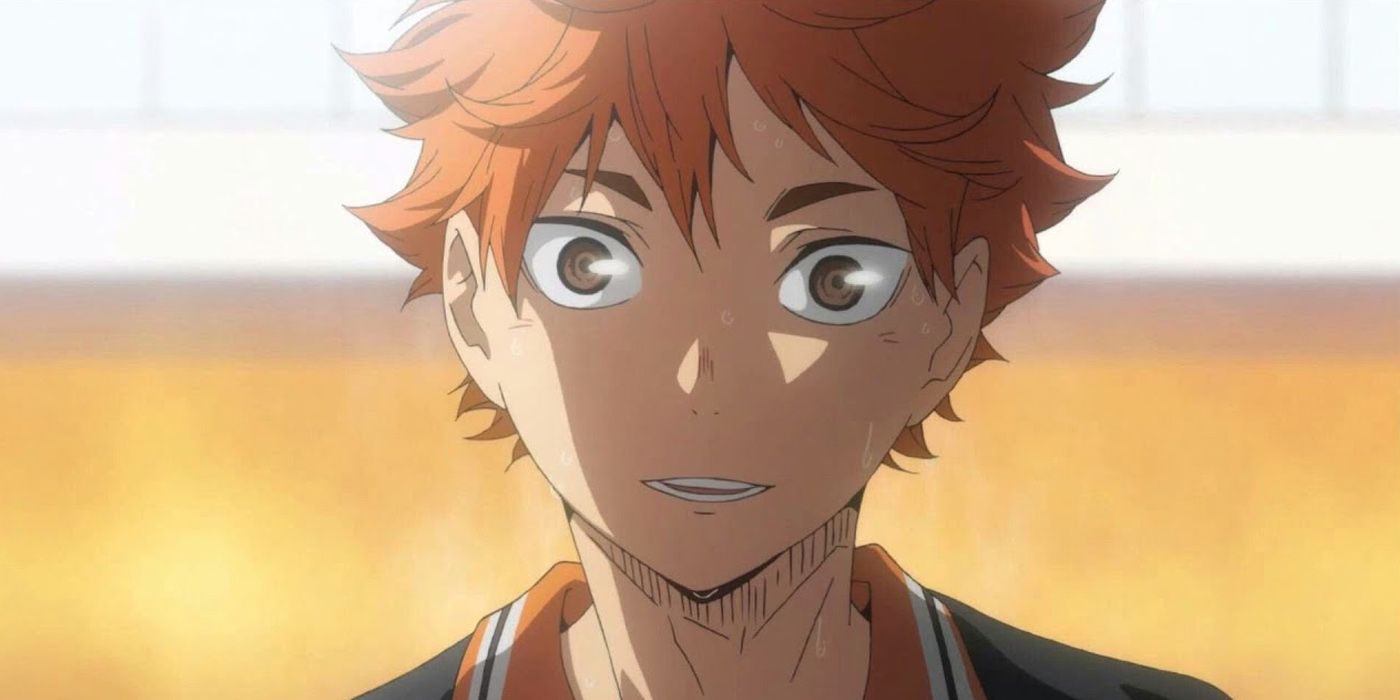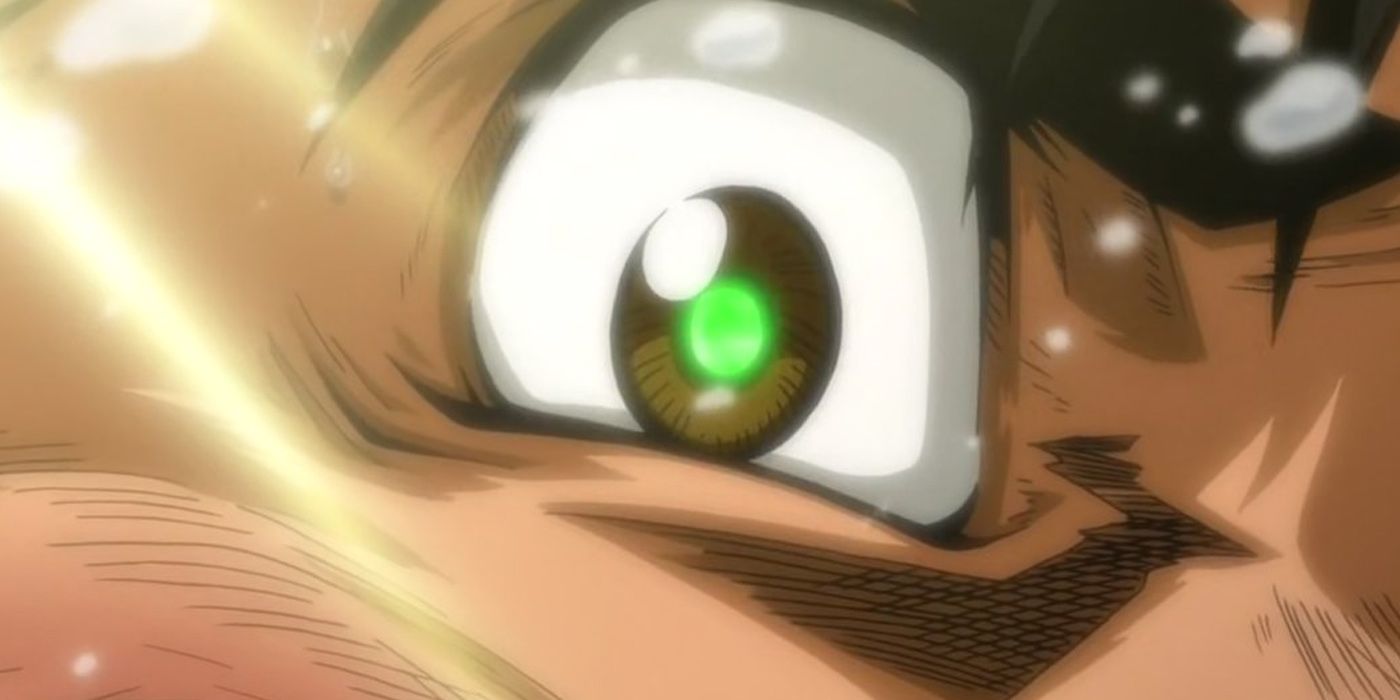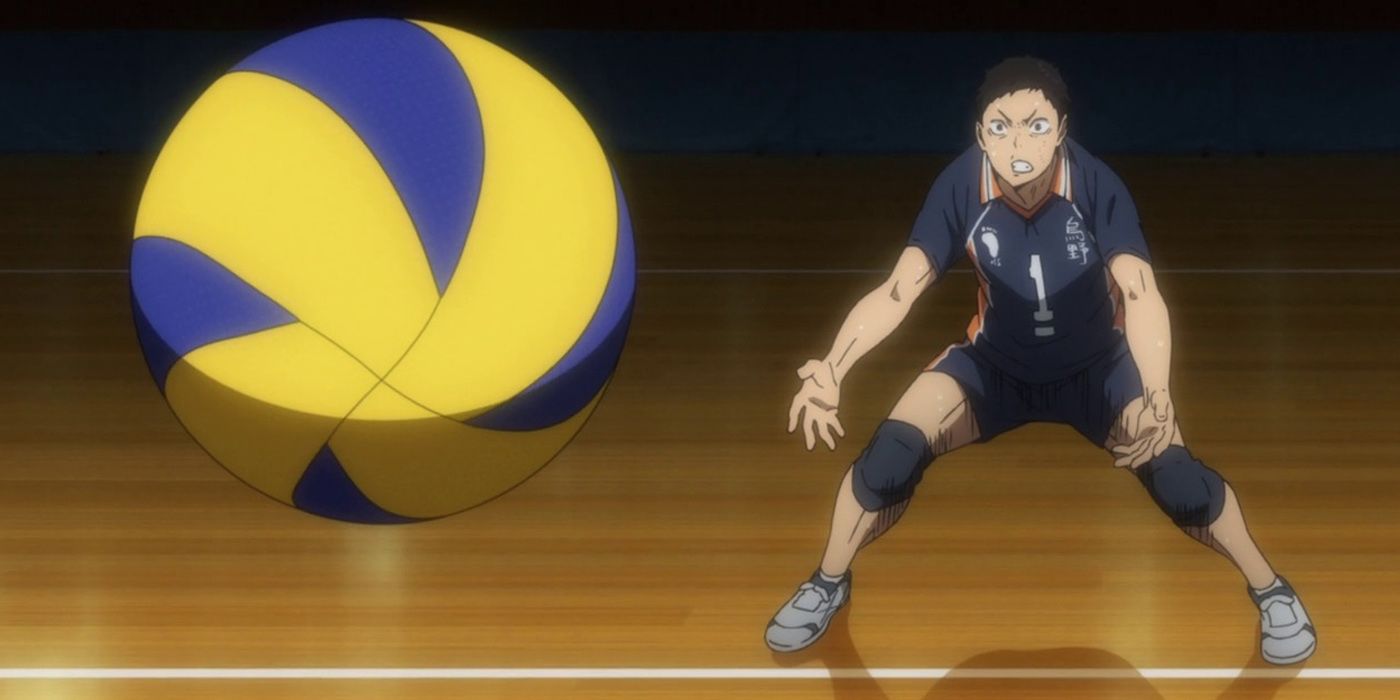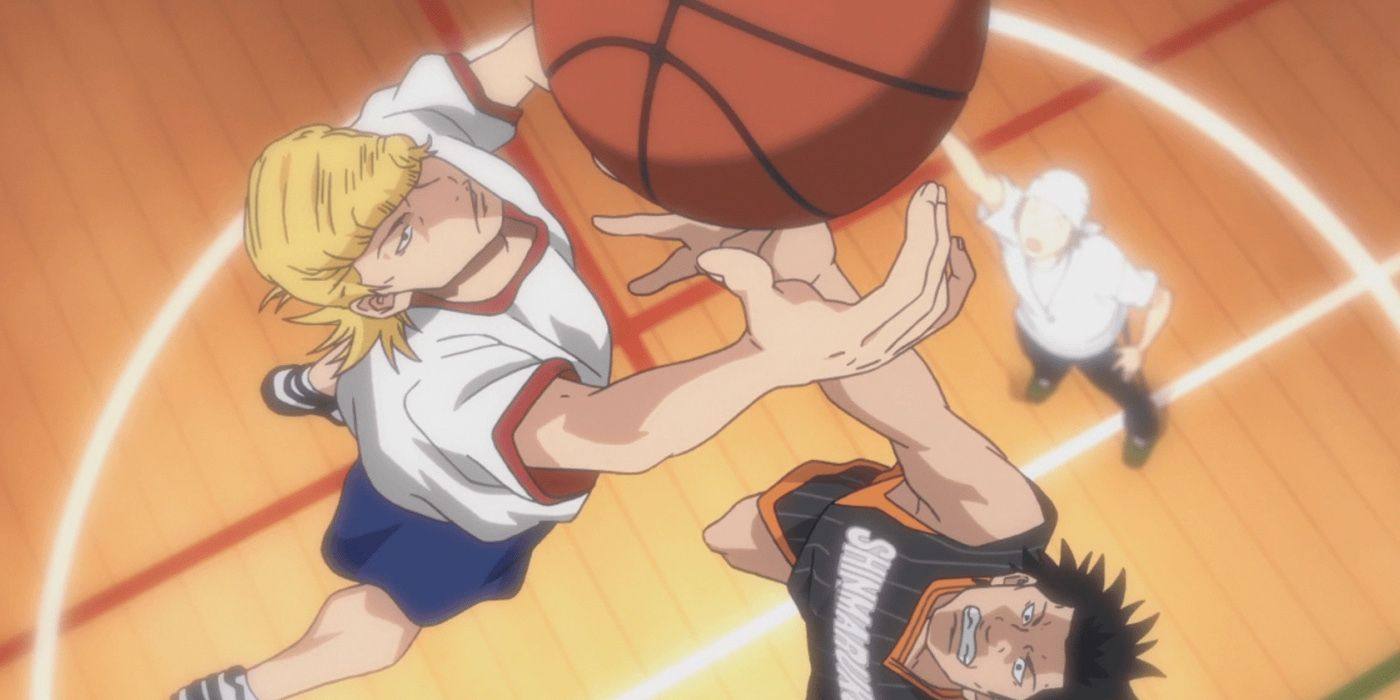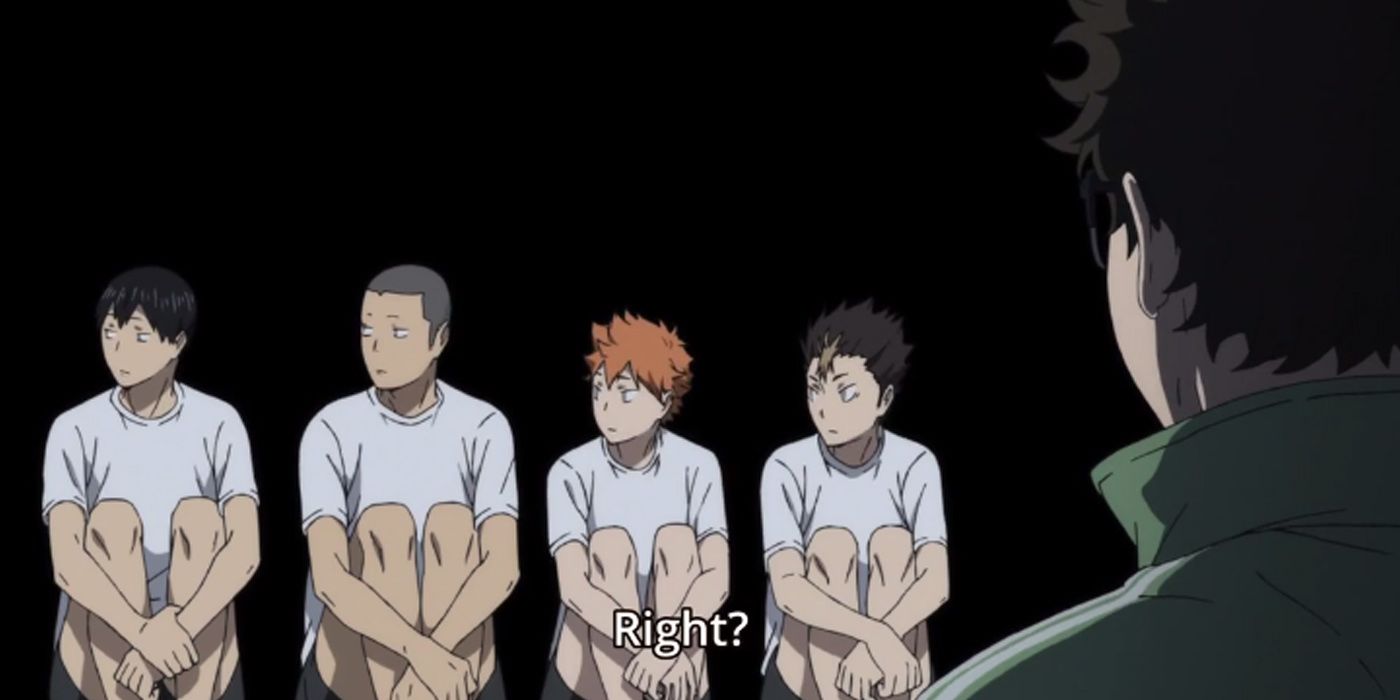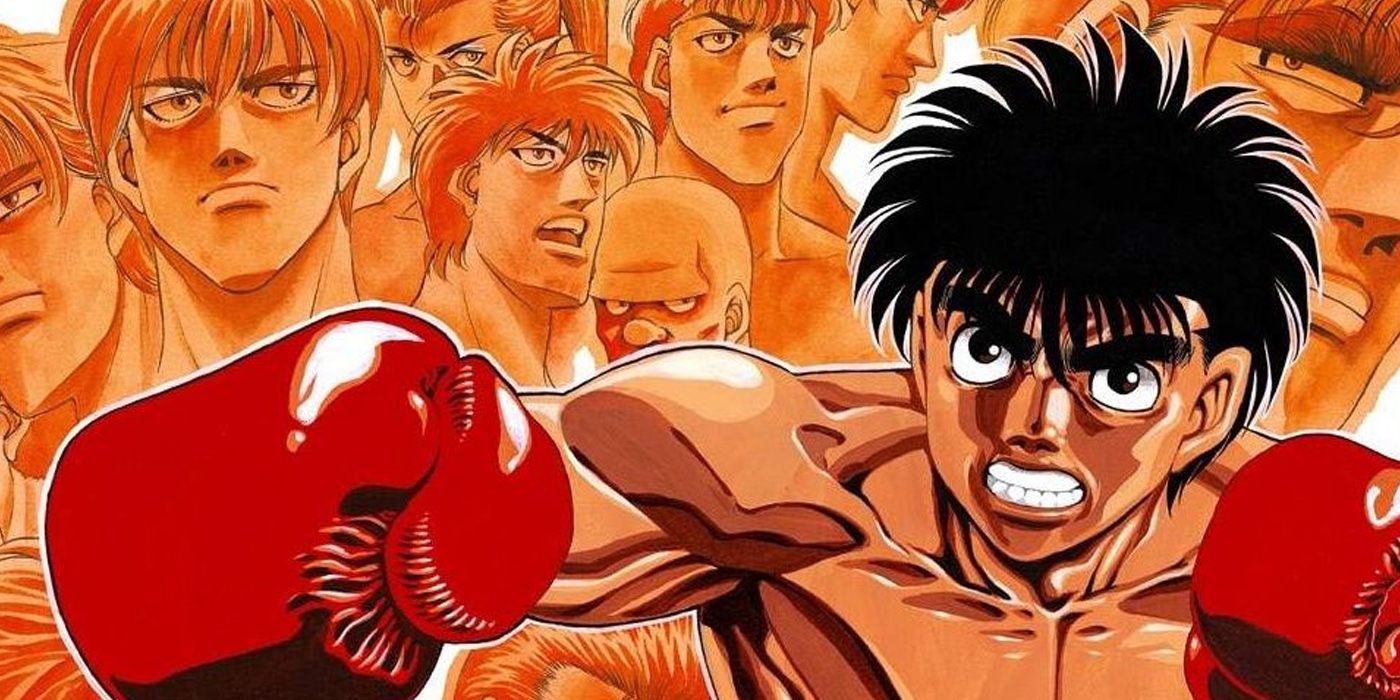People love to watch sports, yet a surprising amount of them don't know how closely sports anime can emulate the highs and lows of their favorite pastimes. Although sports series, like action series, tend to fall into tropes quite a lot. Most of these shows, such as Hajime No Ippo, Ashita No Joe, Initial D, Kuroko No Basket, Free, or more recently Ahiru No Sora all have the same carbon-copied list of classic narrative devices they use.
But, fans eat it up still, why is that? Let's take a deeper look at some of the most prominent tropes from some of the most prominent series and find out.
10 Common Trope: The MC With One Specific Advantage
Starting things off with an all-time classic, the trope of an MC who is only good at one specific thing related to the sport and/or has no previous experience with their sport of choice. This happens in Haikyuu, arguably one of the best Sports Anime, as well as Baby Steps, Hajime No Ippo, and even Initial D.
And, there are even some other shows, like One Outs, where they subvert this trope intentionally with MCs like Toua Tokuchi that are so good they don't need any of this setup, but that's usually a rarity.
9 Why It Works: The Story Can Explain The Rules & The Protag Can Grow At Mach Speed
So, why do people always fall for these sorts of characters? Why do anime fans stand so strongly behind people like Hinata Shoyo, Makunouchi Ippo, Maruo Eiichiro, or Onada Sakamichi? Well, for one, them being newbies works for the overall structure of these sports anime, as it allows the characters themselves to explain how the sport works to both the protag and the viewer without it feeling too unnatural.
Secondly, these characters who have hidden or specific talent for their sport are then able to catch up at mach speed to their peers, which lets people see the entire path from no-experience to expert within one concise story.
8 Common Trope: Third Year Seniors Acting Like It's Their Last Year Alive
This is a fan-favorite trope, especially for those viewers who are long past the days of high school or even college. Viewers know that there's so much more to life after high school, but these third-year seniors in sports anime typically act like they're retiring or dying if they don't get to go to nationals/achieve their goal.
Haikyuu loves to push this trope with Sugawara, Daichi, and Asahi (especially with his epic comeback) but it's a trope across the whole genre. Astoundingly, it even bleeds into classics like Eyeshield 21, though that show is great mainly because it leans into those tropes and away from realism.
7 Why It Works: It Adds Innate Stakes To Everything
Franky, this trope doesn't only apply to sports anime as well, it pops up in Shonen from time to time, where characters are introduced as these "third-years" who are about to graduate and see a whole world beyond what the main characters know. My Hero Academia has it with the Big Three and technically even One Piece has it in a way with the pirates from Gol D. Roger's generation.
To put it simply, it's a trope that works well! It sets up every game, fight, or competition as something with innate stakes so that even the more one-sided games/conflicts feel tense. Plus, it adds a sense of desperation to the story, and it lets the characters put 100% of their all into games because frankly if they don't, it might be their last.
6 Common Trope: That Intense Focus Moment
Fans of the genre know exactly what this moment means, and no matter how many times it's used, it still gives them chills. This is the moment in a sports anime where an MC gives someone a certain look or says something so absurd, that other characters in the show get shaken by their level of dedication.
Haikyuu uses this trope with Shoyo and his crazy eyes quite often. But, it's also in Ippo pretty often and is seen visually by this green glow in the eyes of a fighter to show how dedicated they are. And, it's not restricted to typically sports series, as it's even in left-field shows like Ping Pong: The Animation.
5 Why It Works: It Puts These Characters On A Pedastal Of Sorts
So, why is this trope so commonly used? Simple, because it never fails to achieve its goal. The goal in this case is both to make the viewers feel hype & also to prove that the love/dedication these characters feel is almost supernatural. It's a trope that innately works on an emotional level, showing viewers and not telling them, just how dedicated the protagonist is.
The more an anime can show not tell, the more masterful its script tends to be, and when these moments are done right, viewers can feel safe knowing that the show their binging is likely high-quality stuff.
4 Common Trope: The World Slows Down While The Game Is In Play
Most of the plays in any sport happen in an instant. Players train for months and even years to be able to achieve their goal in the shortest amount of time possible (usually). Throwing passes faster and further, returning serves with intense speed, even the act of running professional is based on speed.
In boxing especially, rounds only last 3-minutes yet Hajime No Ippo & Megalo Box make them seem like twice or even three times that. What trope is behind that? Well, it's what could be called the "Hangtime" trope, where time seems to move slower while players are in the middle of an intense play or event.
3 Why It Works: Character Arcs & Flashbacks Can Now Happen Mid-Game
There seems to be some unspoken agreement between sports manga/anime creators and their fanbase that time should move slower in a match. Players can have flashbacks, think entire monologues worth of thoughts, or they can even inspect and analyze the whole field around them in the span of time it takes for a volleyball to hit the ground or a punch to land.
Again, Haikyuu uses this trope very well, solving entire character arcs in the middle of a match without making it seem too unnatural, but most if not all of these shows are guilty of it. Because, frankly, if the authors didn't use this trope, matches would almost always feel too quick & unfulfilling, and all the characterization would have to happen outside of games, which is sort of missing the point. But, there are of course negatives to overdependence on this trope, such as Ippo's Dempsey Roll, a move that only lasts an instant in real-time (look up actual footage of the Dempsey Roll), but ends up lasting a lifetime in the series and actually ends up getting ridiculous with the New Dempsey Roll and even the Free-Form Dempsey Roll.
2 Common Trope: Don't Forget About Midterms/Training Camps!
Everyone remembers a time from their school life where they really had to buckle down and study for an exam or a series of tests, it's part of how the education system works.
And, in sports anime, these midterms are typically used halfway through a season as a narrative device to introduce characters to a new type of stakes, one where they won't be able to play their sport/game if they don't pass. And, if midterms aren't used in a sports series, fans can be absolutely sure that a training camp will be used at some point as a pseudo-substitute.
1 Why It Works: Midterms Are Great For New Stakes While Camps Are Miniature Training Montages
Weirdly enough, fans of the genre tend to love these arcs, typically. Why? Shouldn't it be disliked because it isn't about the sport anymore? No, it works exactly because it's something new.
These arcs allow for slice-of-life shenanigans between the cast members like in Haikyuu or it allows for explosively quick growth and new situations like in Hajime No Ippo & Ashita No Joe. For people who like character growth, these camps work, and for people who love character interactions and relatable comedy, these midterm arcs just work.

